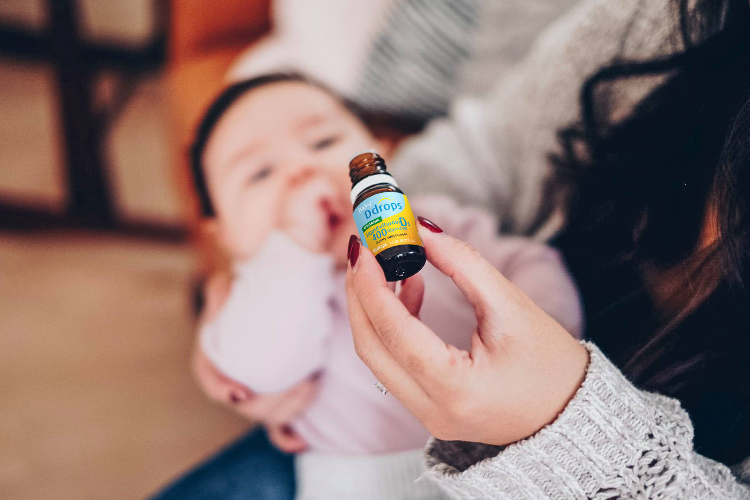October 11, 2018
Most people don’t give rickets much thought. In fact, if you are like most of us, you probably think that rickets is a disease of the past. Unfortunately, the number of people diagnosed with rickets is on the rise. [1] It may be time to start paying more attention to this preventable disease.
So…what is it?
Rickets is a disease that is characterized by weak or brittle bones in young children. For kids to successfully grow their bones, their bodies need adequate amounts of both calcium and vitamin D. When kids don’t have a sufficient supply of vitamin D, their body can’t absorb calcium normally. Without enough calcium bones can’t grow rigid and hard. Over time, this deficiency in vitamin D leads to weak, soft bones or rickets. Malnutrition is the most common cause of rickets, but other conditions can cause it too. These include genetic disorders and liver, kidney, and intestinal diseases.[2]
Rickets can cause significant health problems for your child, including a delay in growth and deformities of their bones, such as bowed legs and thickened wrists or ankles. Some children may also experience muscle weakness, widespread bone pain, or teeth problems.
In order to find out if your child has rickets, your child’s doctor needs to do blood tests to check the vitamin D level; kidney, liver, and parathyroid function; and electrolyte levels. Bone x-rays may also be needed.[2]
If your child is diagnosed with rickets, treatment typically involves taking vitamin D, calcium, and phosphorus supplements by mouth. Your child’s doctor will tell you how much of these supplements you need to give your child.
Can you prevent your child from getting rickets?
To reduce your child’s risk of vitamin D deficiency your child needs between 400 IU and 600 IU of vitamin D per day. [3] Your child also needs to get 200 mg to 1300 mg of calcium a day depending on their age. [4] To meet these needs, some children will need to take a daily supplement.
Bone health is important! Talk with your child’s doctor to find out what you can do to help your child grow strong, healthy bones.







Để lại một bình luận
Trang web này được bảo vệ bằng hCaptcha. Ngoài ra, cũng áp dụng Chính sách quyền riêng tư và Điều khoản dịch vụ của hCaptcha.